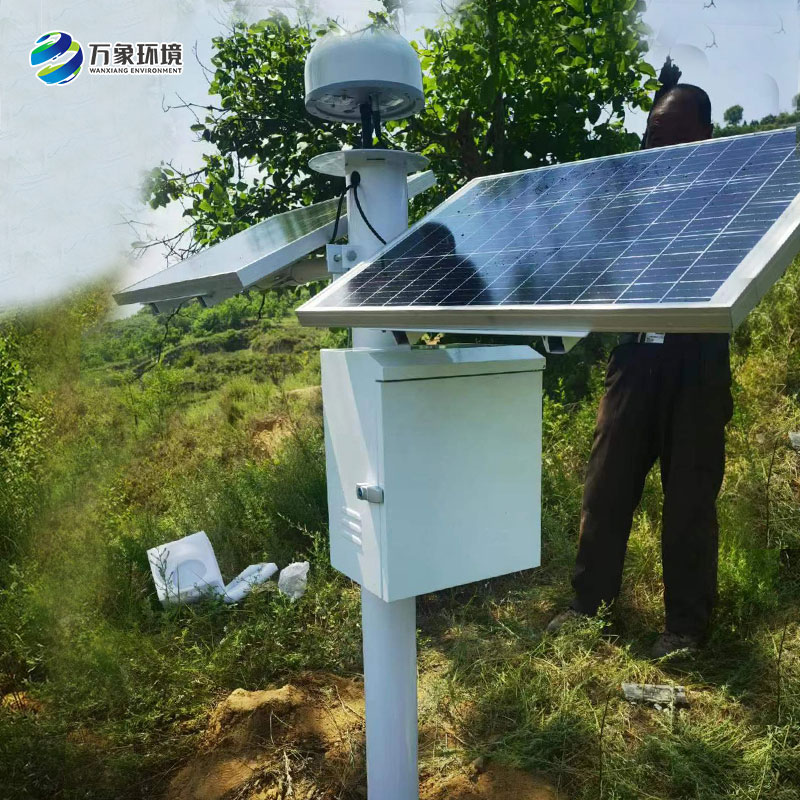In today's society, with the acceleration of urbanization and frequent natural disasters, the monitoring and early warning of surface displacement is particularly important. The traditional monitoring methods have been difficult to meet the needs of modern society, but the surface displacement monitoring and early warning system based on Global Navigation satellite System (GNSS) is becoming the "guardian" of surface safety with its high precision and high efficiency.
WX-WY1 surface displacement monitoring and early warning system uses GNSS technology, combined with geological, meteorological and other multidisciplinary data, real-time monitoring and early warning of surface displacement. The system collects surface displacement data through GNSS receiving stations on the surface, and predicts the trend of surface displacement through big data analysis to provide decision support for relevant departments. When the system detects that the surface displacement exceeds the safety threshold, it will immediately issue an early warning to remind relevant departments to take measures to reduce disaster losses.
Surface displacement monitoring and early warning system is widely used in various fields. In urban construction, it can be used to monitor the settlement and displacement of high-rise buildings, Bridges, tunnels and other infrastructure to ensure project safety. In terms of geological disaster prevention and control, the system can monitor the occurrence of geological disasters such as landslides and ground collapses in real time, providing strong support for disaster early warning and emergency response. In addition, the system can also be used in mining, ocean engineering and other fields, to ensure production safety plays an important role.
Surface displacement monitoring and early warning system based on GNSS technology has become an indispensable security tool in modern society. Through the power of science and technology, we can better monitor and warn the risk of surface displacement, and escort the survival and development of human beings.

Article address:
http://www.qxhjjc.com/en/newcen/1074.html


















 Home
Home phone
phone Product Overview
Product Overview Contact Us
Contact Us